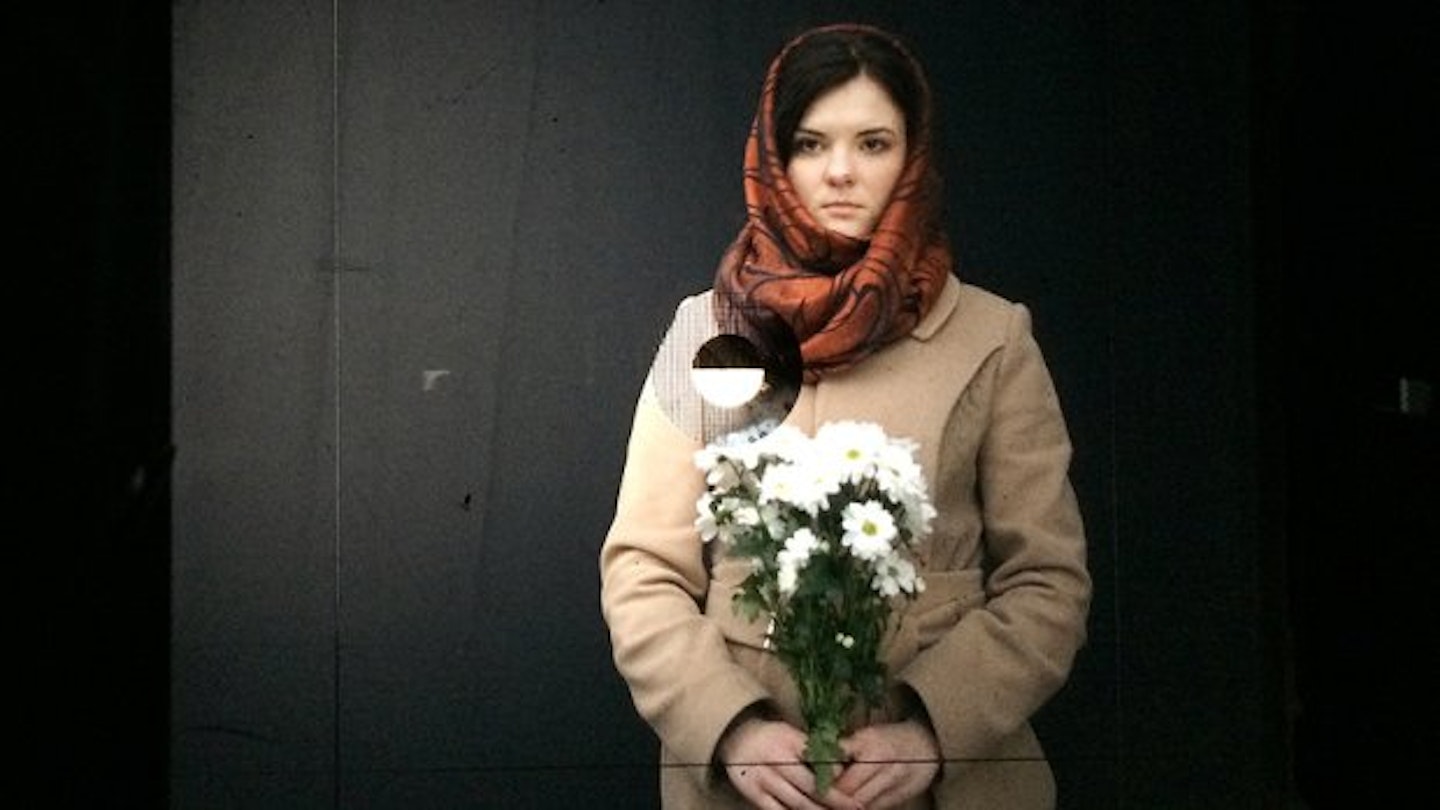'The first time I photographed the men fighting at the barricades, they were buoyant, cheeky and full of bravado. When I came back after the former Ukrainian president Viktor Yanukovych had fled, their hands shook, they had a hollow stare and heavy shoulders. When they stood in front of my camera, they’d have their heads bowed – they were as sorrowful as the women who had come to mourn the dead.'

When British photographer Anastasia Taylor-Lind went to Kiev in Ukraine at the beginning of February for a personal project, she had no idea that she’d end up stumbling into a revolution that now seems to be turning into a civil war. ‘I’m a documentary photographer, but I’ve never photographed a news event before,’ she says.
After a few days, Anastasia hit upon the idea of creating a makeshift photography studio, using a piece of dark cloth she’d bought from a fabric shop and a disused bus shelter near the barricades. From here, she started taking pictures of the men who were fighting as part of the anti-government protests.

The protests began in November 2013, at the government’s decision to reject a far-reaching accord with the European Union (essentially favouring stronger ties with Russia). Protesters continued to occupy Independence Square well into February, when clashes turned violent, and government snipers starting shooting at protesters. The opposition estimated that on Thursday 20th February between 70-100 people were killed, in what was one of the Ukraine’s bloodiest days since Soviet times. On Saturday 22nd February, Yanukovych fled and the protests seemed to be over.
In the days before this, Anastasia had been unable to set up her studio, but when she returned, she found a profoundly different atmosphere. ‘On the Saturday, people came up to the barricades and were laying flowers, but Sunday really felt like a day of mourning. There must have tens of thousands of people – coming to lay flowers for the dead.’
Anastasia started taking portraits of the women specifically, asking what brought each of them to the barricades that day. ‘Most of the women spoke not of politics or allegiances to any party or even to any side, but more a sense of mourning the loss of brothers and sons and husbands – a collective mourning. A lot of women said, 'We are all mothers, they are all our sons,’ recalls Anastasia.

‘Men were mourning as well, and bringing flowers as well, but there was something about this collective understanding and sense of loss from a female perspective. And there were women of all ages – teenagers and grandmothers. Almost everybody who stood in my studio cried, and of course so did I.’
The women Anastasia met weren’t just mourners – some had found themselves caught up in the violence, too. ‘I met a woman a few days ago – she was a chef from a restaurant and she’d come to the square to protest. She threw herself over the body of a fighter who was being beaten by riot police to protect him, because she'd seen some men had actually been beaten to death, and her arms and hands were purple. She couldn’t do up her coat. She was taken to the police station where she was stripped. She was only released the next day when a group of journalists turned up at the police station.’
Anastasia is back in London now – but Ukraine isn’t far from her mind, and with Russian troops moving in to Crimea, the very real fear is that Ukraine is descending into civil war. ‘I will be going back in a few weeks – I just don’t know what will happen next. I couldn’t have predicted the Thursday 20th massacre in Maidan, the President fleeing, or Russia invading Crimea – so who knows what will happen next?’

Follow Rebecca on Twitter @rebecca_hol
Pictures: Anastasia Taylor-Lind
This article originally appeared on The Debrief.
